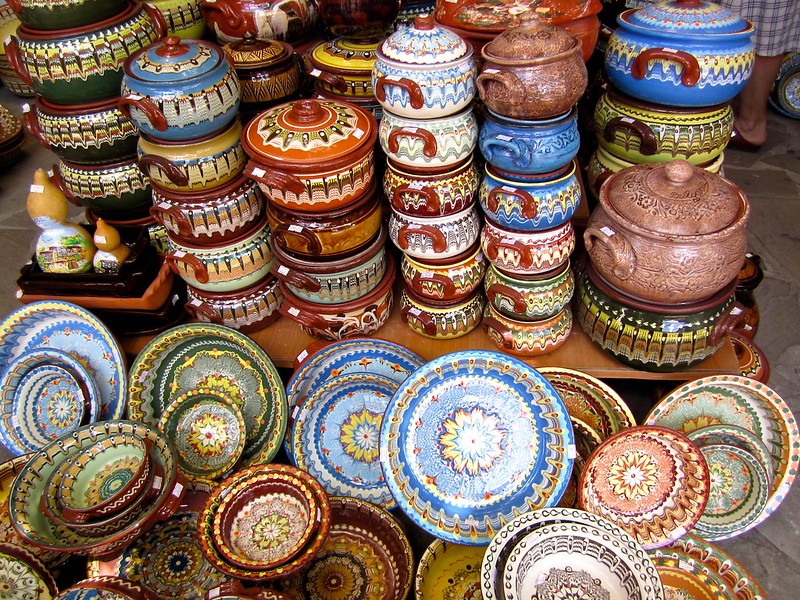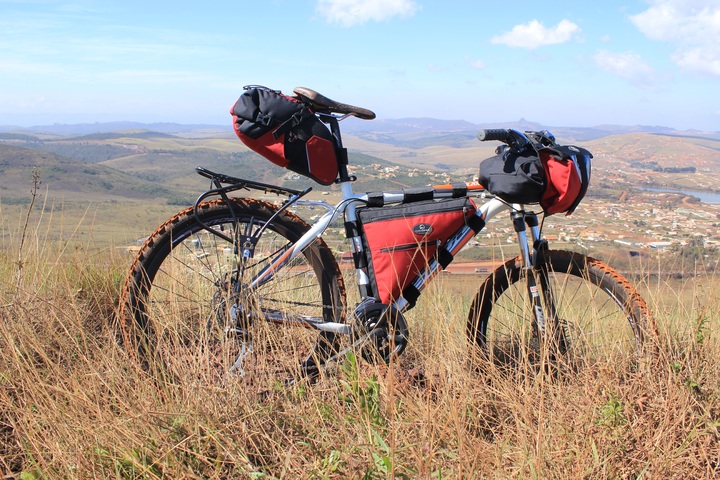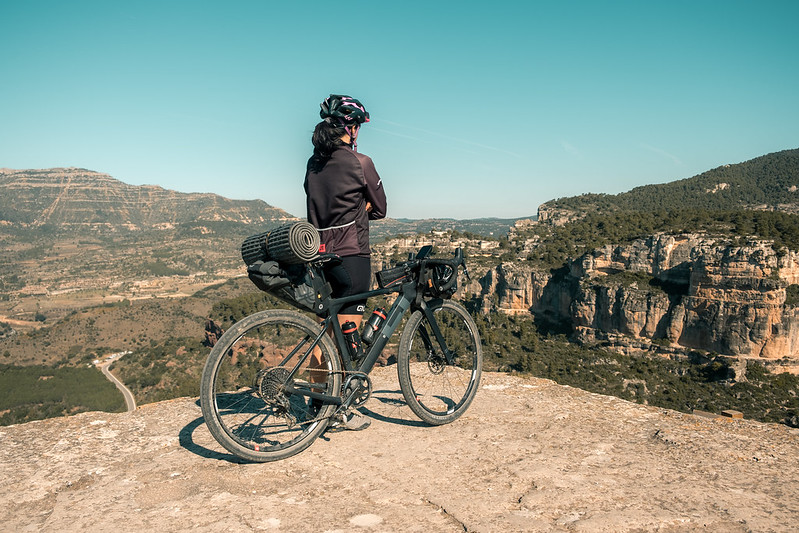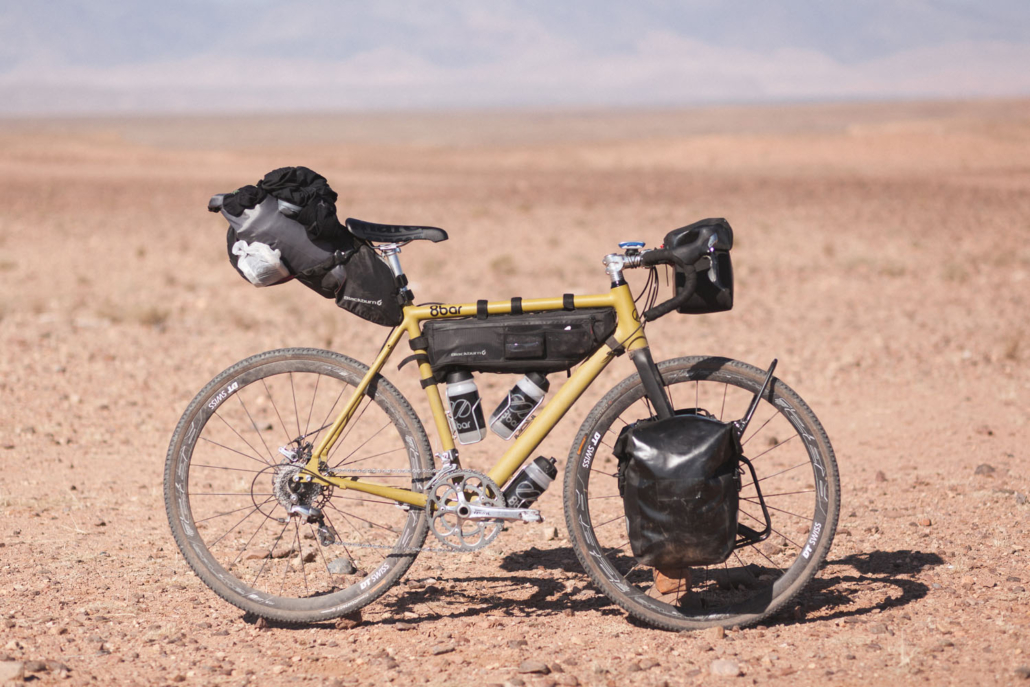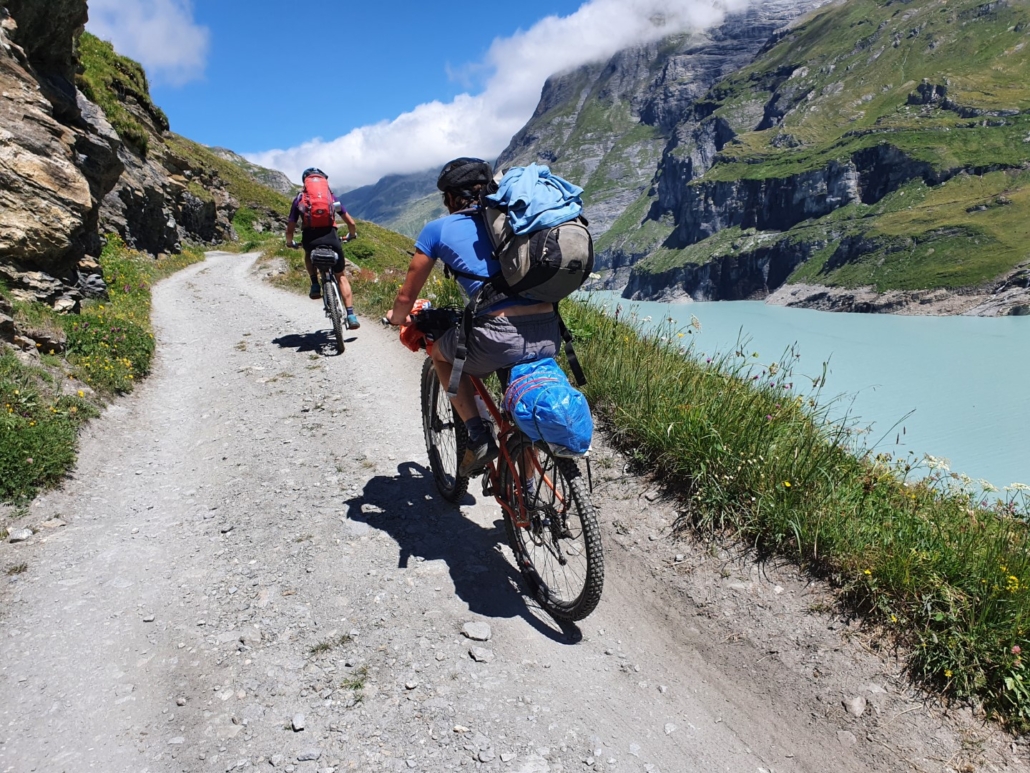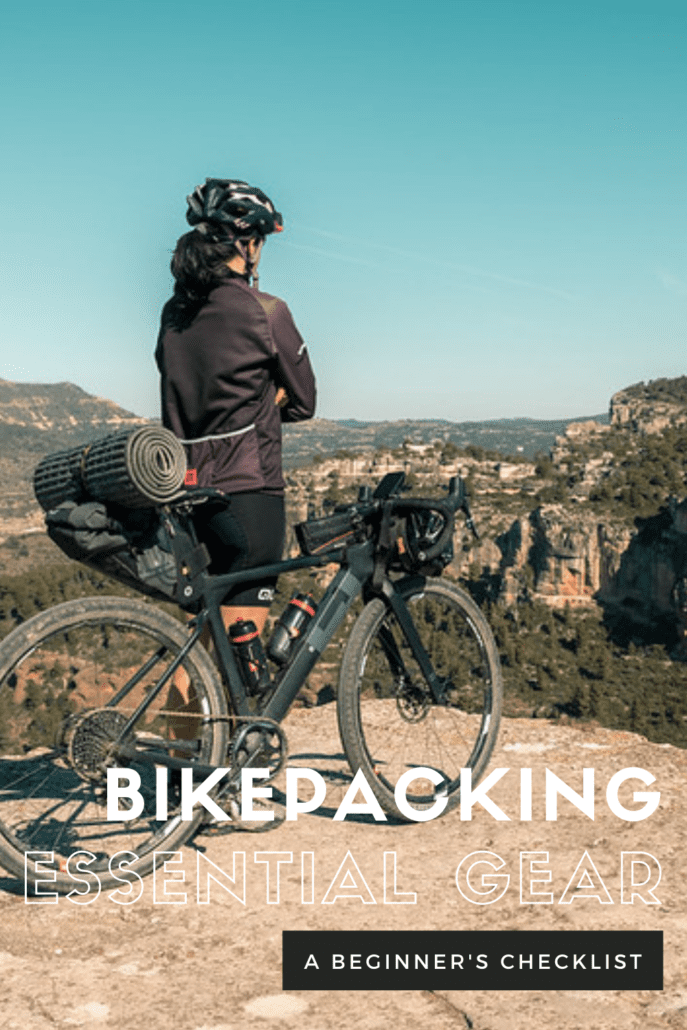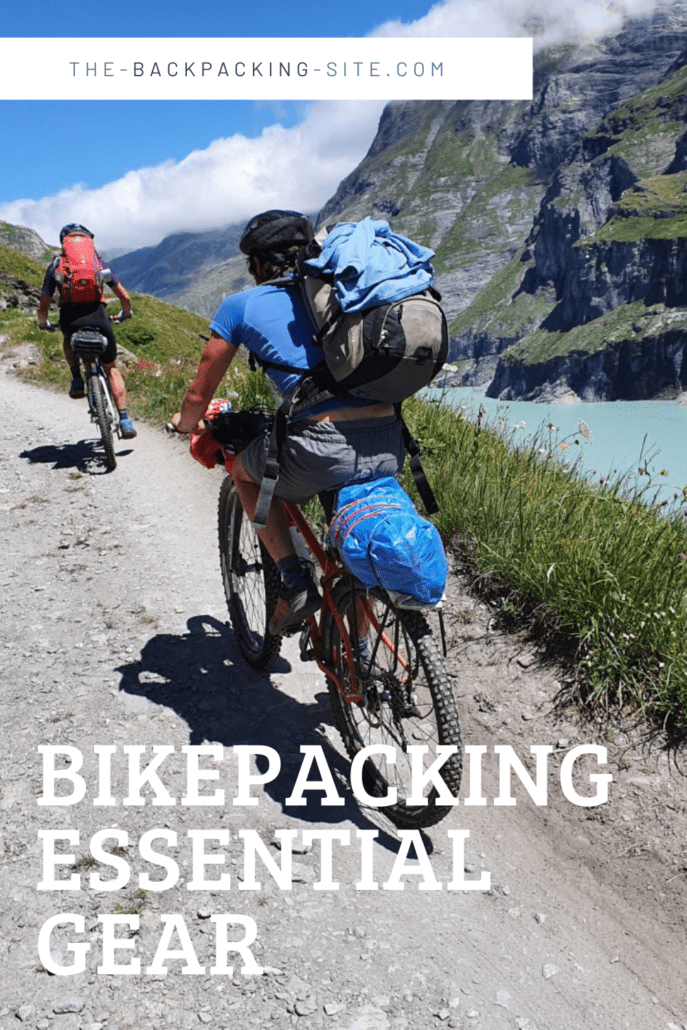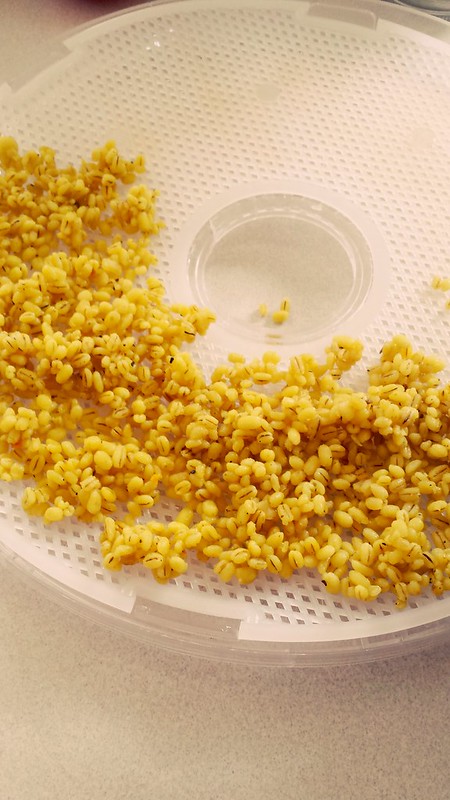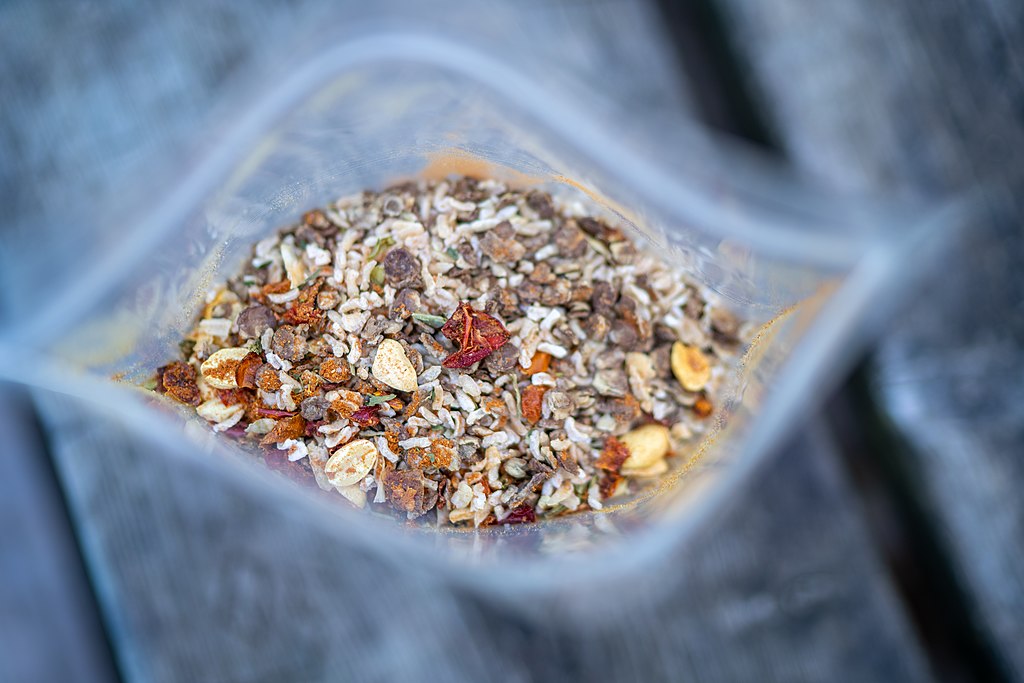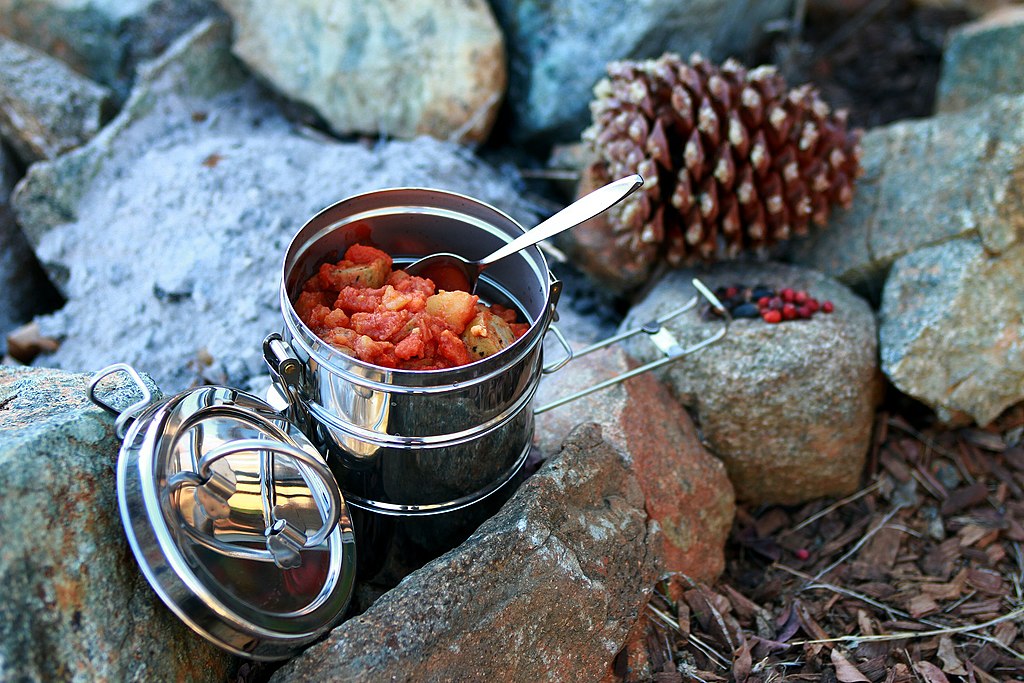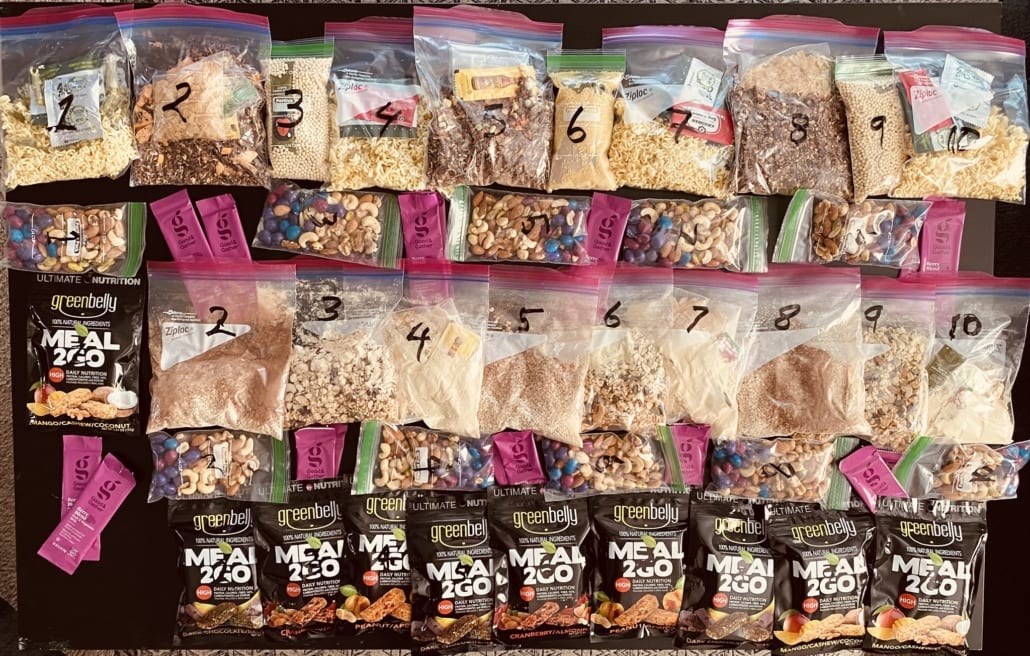If you’re thinking of taking your outdoor adventures to the next level, bikepacking might be just the thing for you. Bikepacking is perfect for anyone who loves the great outdoors, is comfortable on a bike, and would like to cover great distances on their own two wheels.
The concept is simple, but there is some essential bikepacking gear that any first-time bikepacker needs to take to have a great experience. Who knows, this might become your new favorite vacation hobby!
Here is a list of the 15 bikepacking essentials that any first-timer needs to bring on their trip.
1. The Right Bike
When it comes to finding the best bikepacking bike, there is no easy answer. The bike that you choose depends entirely on the terrain, the distance, and your personal preferences.
That being said, the best bike for a bikepacking trip will be lightweight, sturdy enough to take the weight of your packs, and high quality so that you can minimize repairs along the way.
Bikepacking trips generally fall into three different categories, and each requires a different type of bike. The three different styles of bikepacking trips are multi-day mountain biking, ultralight race & gravel, or expedition & dirt touring.
You can read more about each of these bikepacking trip types and the right bike for each. Regardless of how much research you do, there are a few bikes that are consistently recommended by other bikepackers:
- Best Multi-day Mountain Bike: Surly Krampus – a lifetime investment and one of the highest quality bikes for bikepacking. If you have the budget, the Surly is the best choice
- Best All-Rounder: Salsa Fargo – it’s a good all-rounder bikepacking bike for anyone interested in starting bikepacking as a new hobby. You can do an endless amount of research on the size, fittings, and accessories, but the Salsa Fargo seems to suit the needs of most people.
- Best Gravel Bike: Specialized Diverge gravel bike This bike is well-regarded for its ability to go anywhere and everywhere. It can handle just about any road and even the average person would do well on a bikepacking trip.
The bike you choose also depends on whether you intend to make this a long-term hobby. It may not be worth shelling out thousands of dollars if this is just something you’ll do once or twice. But if you plan to be out on the trails multiple times a year, it’s worth investing in a high-quality bike that will stand the test of time.
2. The Right Packs

With the increasing popularity of bikepacking, there has been a lot of innovation on how to efficiently transport gear on a bike. You’ll have infinite options for your bikepacking gear setup, but the basic storage locations are side-saddle bags, handlebar bags, under-seat bags, and wedge packs that fit inside the bike frame. You’ll be surprised how much essential bikepacking gear you can bring with you!
The most important thing to keep in mind when determining your bikepacking gear setup is to make sure your bags are appropriate for the specific bike. For example, a typical mountain bike won’t have anywhere to mount side-saddle bags, so you’ll need to focus on under seat and handlebar storage. And of course, if you get a wedge pack, it needs to fit your bike frame perfectly to maximize storage space.
Be careful not to fall into the trap of overpacking! Just because you can load up your bike, doesn’t mean you should. Even though you’re not carrying the gear directly on your back, you’ll still be the one who needs to put in the leg power to transport each ounce up each elevation gain.
The most important factor when it comes to bags is the quality. Don’t skimp by buying cheap bags that are going to rub on tires, need constant adjustment, or have failing zippers and buckles. Just like investing in a quality, reliable bike, you must also invest in quality bags. Bags should be waterproof, lightweight, and durable.
3. Navigation, GPS
Especially when going offroad, a high-quality satellite GPS can be a life-saver. Be sure to get one that has a bright display that can be attached to your handlebars. You don’t want to have to pull over to check your coordinates while you’re trying to make good time on your route.
4. Sun Protection

Bikepacking means you’ll be exposed to the elements. You’ll most likely be biking on fire roads or paved surfaces, which usually means there will be little shade. And with the speed and wind chill, you are not likely to notice your sunburn until it’s too late.
A quality pair of polarized sunglasses, a hat, a neck cover, clothing that offers UV protection, and of course, high-grade SPF are essential bikepacking gear to provide sun protection.
5. Extra Jacket for Insulation
Inevitably, you’ll experience a change in the elements, whether you get caught in a rainstorm or climb a high elevation to chillier temperatures. Bring a windproof, lightweight jacket for these times.
You’ll be surprised how often you’ll reach for your jacket, even in warm weather due to the wind chill you’ll experience at high speeds.
6. Illumination
Although it is not advised to cycle at night, a bike light is essential if you are planning to cycle at dusk or dawn. Plus, a light does a lot to increase your visibility which is important for safety, especially if you’ll be sharing the road with cars.
7. First Aid Kit
A basic first aid kit is essential for any active trip, but especially for bike packing. You’ll want to be able to treat any blisters, hotspots, and scrapes along the way. In addition to a basic first aid kit, be sure to bring along some magnesium tablets to help avoid cramping after a long uphill day. You’ll need to rely on your legs day in and day out so be sure to keep them in top condition!
8. Food & Cooking Gear
If you plan to camp along your bikepacking trip, you need to bring lightweight cooking gear to prepare meals. Since packing space is limited, be sure to make the right choice for bikepacking recipes.
The most popular bikepacking cooking gear is the Trangia ultralight camping cook set. Or, if you are making meals where you just add hot water, you can get away with bringing a Jetboil camping stove. If you want to skip the bikepacking cooking gear, check out some of our cold soak recipes to help lighten your pack.
It’s also helpful to have some easy-to-access snacks that you can rely on during the day. Especially if you’re biking on a schedule or trying to time your rides with the weather, it’s helpful to have some nutrition that you can access on the go, like energy gels for quick carbs and electrolytes.
9. Bike Repair Kit
Do not go bikepacking without a basic bike repair kit and the know-how to make minor repairs along the way. A blown tire or loose screw can ruin your trip if you’re unable to repair them yourself. Bikepacking repair kits are very compact, so this small but invaluable item does not have to take up much space among your essential bikepacking gear.
10. Hydration & Water Storage

Add more water storage to your bike before your bikepacking adventure
In addition to the standard location for a water bottle, you may want to add some more storage. Depending on your bike, you can usually add a few reserve water bottle locations. To cut down on the total weight in your bikepacking gear, you can bring a steri pen filter to purify your water along the way.
Since bikepacking goes hand in hand with a love for the outdoors, check out our article about the most sustainable water bottles and water filters so that your choices are kind to mother nature.
11. Care for your Caboose
If you’ve never been bikepacking before, your rear end will be the first thing to scream in pain. Padded shorts are essential bikepacking gear, but don’t forget to bring along wet wipes with soothing aloe and vitamin E, and bottom butter which works wonders. And be sure to do a few long bike trips before your bikepacking adventure to prepare your rear for the long days on the saddle.
12. Cycling Gloves
It’s not until you forget biking gloves that you realize how important they are. Gloves serve multiple purposes. First of all, your hands will be exposed to the elements, and will quickly dry out and become cracked if you don’t protect them.
Without gloves, the constant gripping of the handlebar can lead to sweaty, slippery palms and can result in painful blisters. Lastly, the best gloves have a layer of padding, which adds a very important buffer against the constant vibration of the bike.
When choosing biking gloves, find a pair that fits you like a second skin. They should be snug, but not so tight that they are restrictive.
13. Shelter
If you’re planning to go offroad and sleep in the great outdoors, an ultralight tent will be an essential item in your bikepacking gear. Choose one that can be rolled up into a compact size.
The tent will likely be the largest single item that you have to pack, so be sure to balance it correctly on your bike setup. Most people pack the tent in the handlebar section of their bike since it’s a central storage location that doesn’t cause balancing issues.
14. Good Weather

Don’t underestimate the value of a sunny, cool day! Try to choose a location and a time of year that will give you dry conditions with moderate temperatures.
The weather could make or break your experience and significantly affects the amount of bikepacking gear that you’ll need to bring. There’s nothing worse than getting caught in the freezing rain when you are directly exposed to the elements. This could also lead to dangerous conditions like slippery roads & impacted visibility.
15. A Positive Attitude
The right mindset is maybe one of the most essential ingredients for a successful bikepacking trip. Be sure to bring a sense of adventure, self-reliance, and a positive attitude.
Relying on your own physical fitness to get you from point A to point B, being subject to the elements and unforeseen factors, and covering large distances with the raw power of your own legs will bring lots of new challenges. But with big challenges come big rewards, just keep a positive attitude along the way.
Liked this Article? Pin it!


